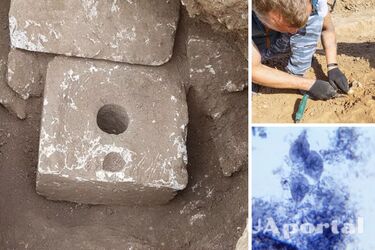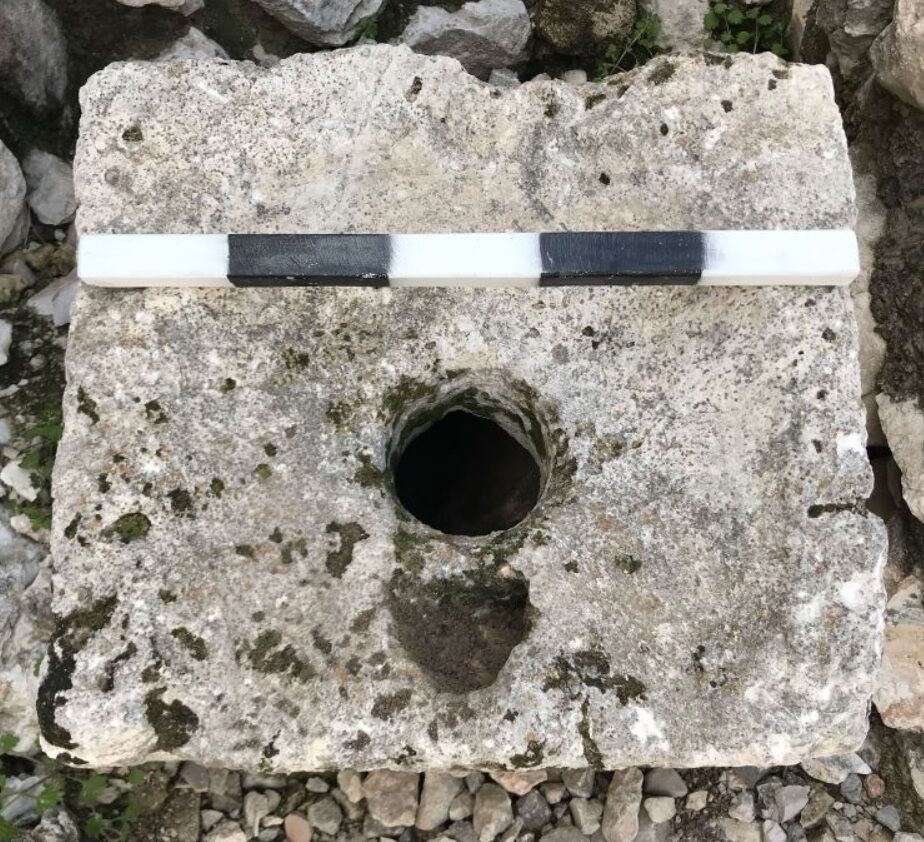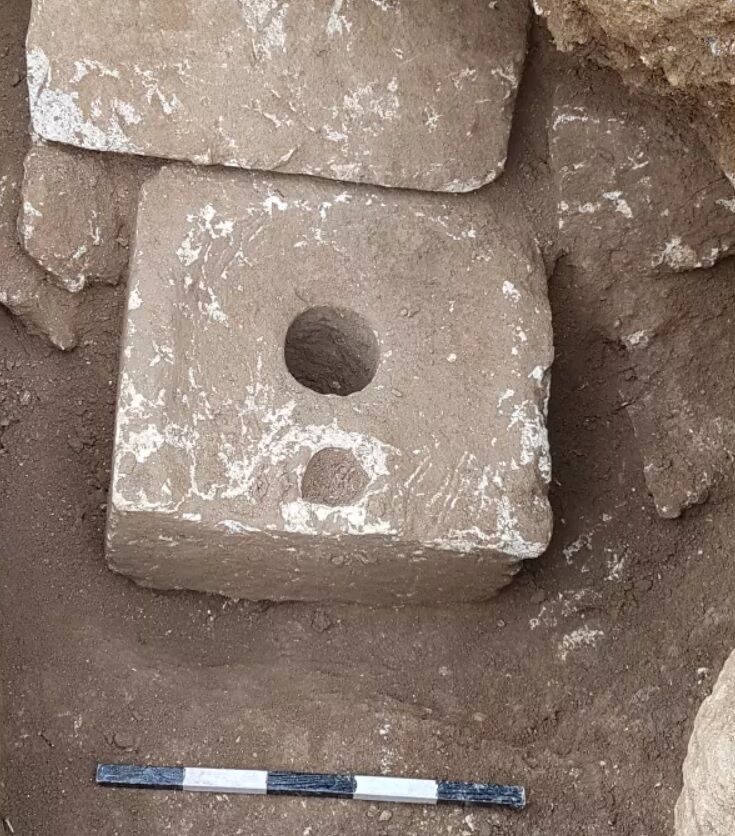Scientists examine 2500-year-old excrement and make an unexpected discovery

Researchers have analysed faecal samples from two ancient toilets in Jerusalem that date back to biblical times - 2500 years old. The results indicated that Iron Age residents who used these toilets could have suffered from parasites that caused dysentery.
This is stated in a study published in the scientific journal Parasitology. Scientists have found traces of dysentery-causing parasites in material recovered from cesspools under stone toilets. These latrines could have been used by "elite households".

It is noted that Jerusalem at that time was an important political and religious centre of the Assyrian Empire, with up to 25,000 people living there.
Read also: Diamonds unknown to science were found in a meteorite from Diablo Canyon in the USA
The study's lead author and honorary member of the Department of Archaeology at the University of Cambridge, Pierce Mitchell, noted that dysentery spreads through faeces that contaminate drinking water or food, and scientists have speculated that this could have been a serious problem in early cities of the ancient Middle East due to heat, parasites, and limited access to water in summer.
The stone toilets were first unearthed in 2019 and dated back to the time of King Manasseh, a client king of the Assyrians who ruled for 50 years in the mid-seventh century. By analysing faeces from biblical-era toilets in Jerusalem, archaeologists have discovered the oldest known evidence of a tiny parasite that causes "travellers' diarrhoea".

This microscopic parasite, Giardia duodenalis, can cause dysentery, an intestinal infection that leads to severe bloody diarrhoea and is often accompanied by stomach cramps and fever.
Scientists found out that the parasites were under the stone toilet seats.
For reference: G. duodenalis is a tiny pear-shaped parasite that spreads through food or water contaminated with the faeces of an infected person or animal. The organism breaks down the protective lining of the human intestine, gaining access to the nutrients that are there. Most people infected with G. duodenalis recover quickly without antibiotics. However, because the parasite disrupts the intestinal lining, bacteria and other organisms can also enter.

The authors of the study note that the discovery of G. duodenalis in Iron Age toilets is "the earliest known evidence of G. duodenalis found in a past population anywhere in the world".
As a reminder, we have already written about a strange and gruesome ritual of African tribes.
If you want to get the latest news about the war and events in Ukraine, subscribe to our Telegram channel!
